The internet has revolutionized human life, economy, communication, and knowledge-sharing. From static pages in Web 1.0 to the intelligent and immersive experiences proposed in Web 4.0, the internet has undergone profound changes. This blog offers a research-backed, reader-friendly walkthrough of Web 1.0, 2.0, 3.0, and 4.0 to help you understand where we came from and where we are going.
Web 1.0 – The Static Web (1990s to early 2000s)
Definition and Characteristics
Web 1.0, also known as the “read-only” web, was the earliest version of the internet. It was mainly composed of static web pages coded in HTML with no interactivity.
- Static content
- Limited user interaction
- Proprietary publishing
- Directory-based search (e.g., Yahoo)
- Hosted on individual servers
Technologies of Web 1.0
- HTML, HTTP, and URL as the foundational trio
- Basic scripting like JavaScript (in later Web 1.0 stages)
- Web browsers like Netscape Navigator and early Internet Explorer
Real-World Examples
- Personal blogs and homepages
- Yahoo Directory
- GeoCities, Angelfire
Limitations
- Poor user experience
- No dynamic content
- No collaborative features
Web 2.0 – The Social Web (Mid-2000s to Present)
Definition and Characteristics
Web 2.0 marked a shift from static to dynamic content. Users could now interact with web platforms, create content, and share it widely.
- User-generated content (UGC)
- Interactivity and engagement
- Platforms over websites
- Social networking
- Mobile responsiveness
Key Technologies
- AJAX, JavaScript, and XML
- APIs (Application Programming Interfaces)
- Cloud computing and CDNs
Key Platforms and Services
- Facebook, Twitter (now X), YouTube
- Wikipedia (collaborative knowledge)
- WordPress and Blogger
- Google Search and Gmail
Positive Outcomes
- Rise of social commerce
- Influencer economy
- Crowdsourcing and real-time information
Drawbacks and Challenges
- Data privacy concerns
- Centralization and monopoly of tech giants
- Algorithmic manipulation
Web 3.0 – The Semantic Web (Emerging Stage)
Definition and Vision
Web 3.0 is envisioned as the “read-write-execute” web. It introduces semantics, decentralization, and artificial intelligence.
- Decentralization via blockchain
- Data ownership
- Interoperability
- Machine-readable content
- Personalized experiences
Key Technologies
- Blockchain and smart contracts
- Semantic web standards (RDF, OWL)
- AI and ML integration
- IoT (Internet of Things)
Prominent Use Cases
- Decentralized Finance (DeFi)
- Non-Fungible Tokens (NFTs)
- Decentralized Autonomous Organizations (DAOs)
- dApps (Decentralized Applications)
Advantages of Web 3.0
- Greater data security
- Transparent systems
- Democratized internet
Challenges
- Scalability and speed
- Regulatory gray areas
- User onboarding complexity
Web 4.0 – The Symbiotic Web (Futuristic Outlook)
What is Web 4.0?
Web 4.0, still largely theoretical, is described as a symbiotic web where machines and humans interact in a more integrated way. It could be driven by artificial intelligence, quantum computing, and augmented reality.
- Predictive analytics
- Emotion-sensitive AI
- Fully immersive and ambient interfaces
- Integration of human thought and machine understanding
Enabling Technologies
- 6G networks
- Brain-computer interfaces (BCIs)
- Neural implants
- Quantum AI and edge computing
Future Use Cases
- Smart cities with real-time governance
- Personalized healthcare powered by real-time data
- Autonomous education platforms
Ethical and Societal Implications
- Ethical AI and data use
- The digital divide and access equity
- Loss of anonymity and increased surveillance
Comparative Analysis of All Web Eras
| Feature | Web 1.0 | Web 2.0 | Web 3.0 | Web 4.0 |
|---|---|---|---|---|
| Interaction | None | High | Very High | Immersive |
| Ownership | Centralized | Centralized | Decentralized | Hybrid |
| Intelligence | Low | Medium | High | Very High |
| Connectivity | Websites | Platforms | Smart Networks | Ubiquitous Systems |
| Devices | PC | PC, Mobile | IoT, Wearables | BCI, Smart Everything |
India and the Evolution of the Web
Internet Penetration in India
From a slow Web 1.0 adoption in the 90s, India has leapfrogged into Web 2.0 and Web 3.0 phases with significant growth:
- 850+ million internet users (TRAI data 2023)
- Rise of regional language content
- Active Web 3.0 startups and blockchain research
Challenges in India
- Digital literacy gap
- Infrastructure constraints
- Cybersecurity readiness
Opportunities for India in Web 3.0 and 4.0
- Blockchain for land records
- AI-enabled governance
- IndiaStack and UPI integration with Web3 wallets
Conclusion: What Lies Ahead?
From static pages to immersive experiences, the internet’s journey is far from over. Web 4.0 may seem distant, but foundational elements are already in development. As technology evolves, so must our approach to regulation, digital literacy, and ethical innovation. Staying informed, adaptable, and conscious of the digital world will empower individuals and nations alike.
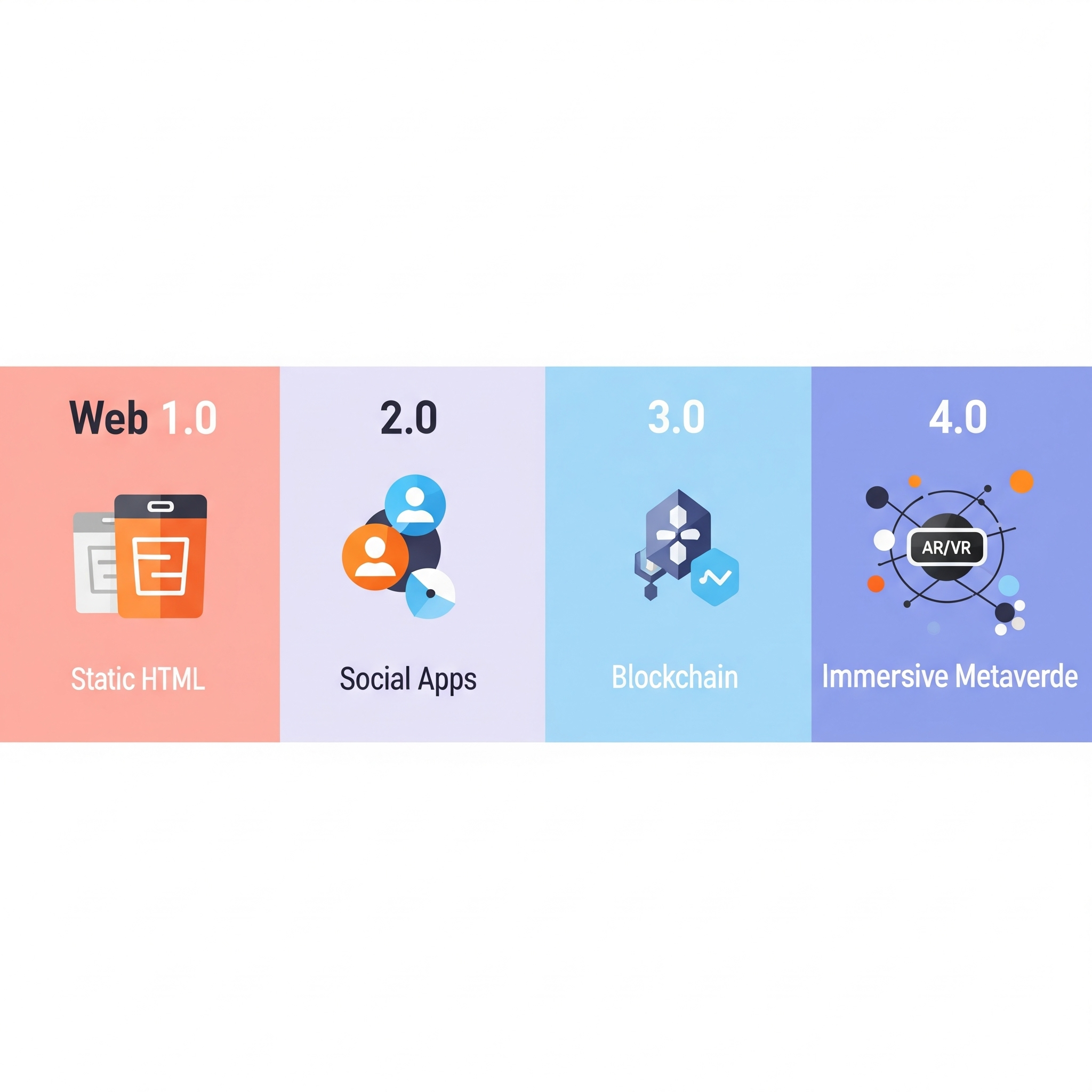

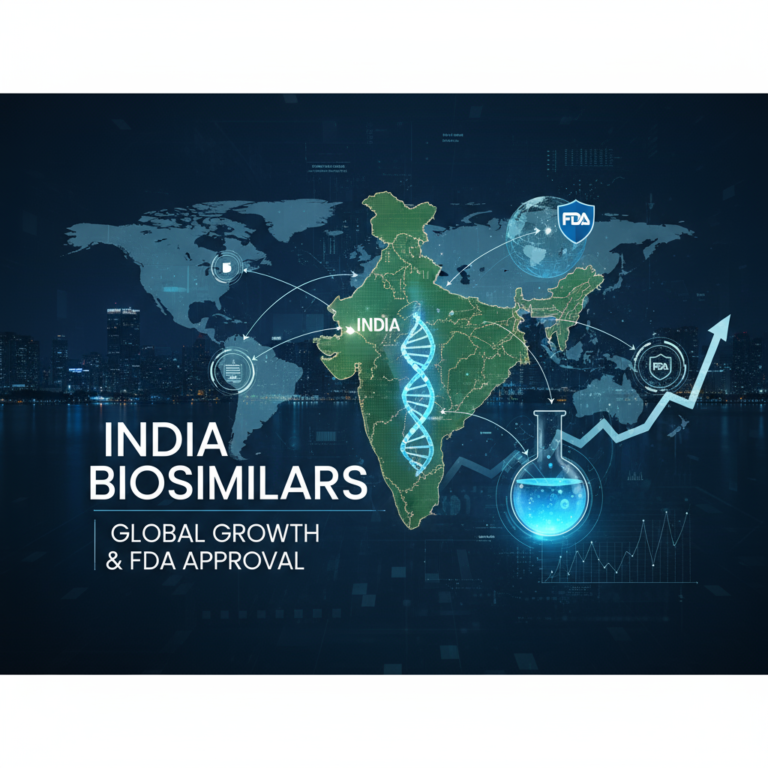
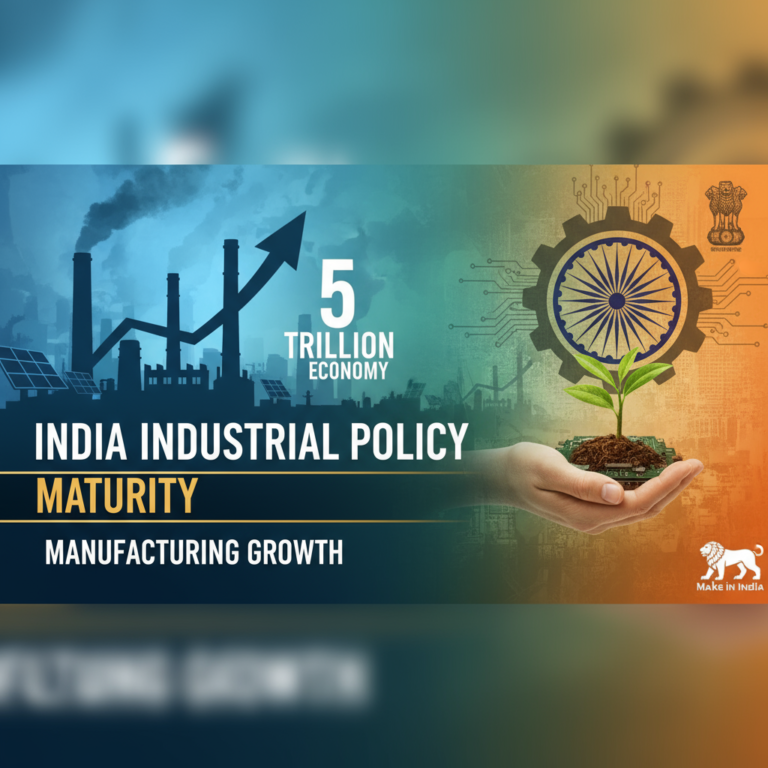
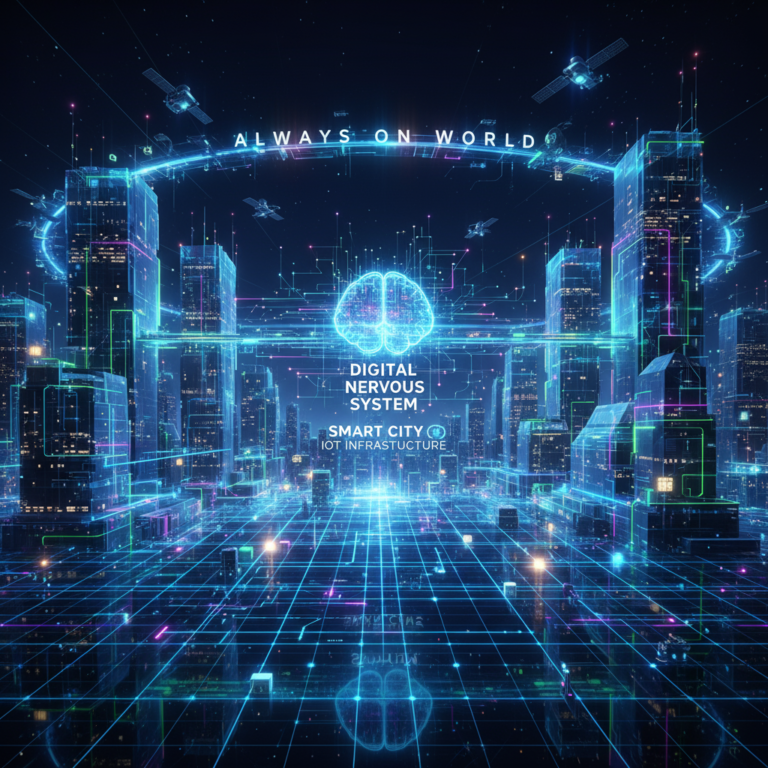
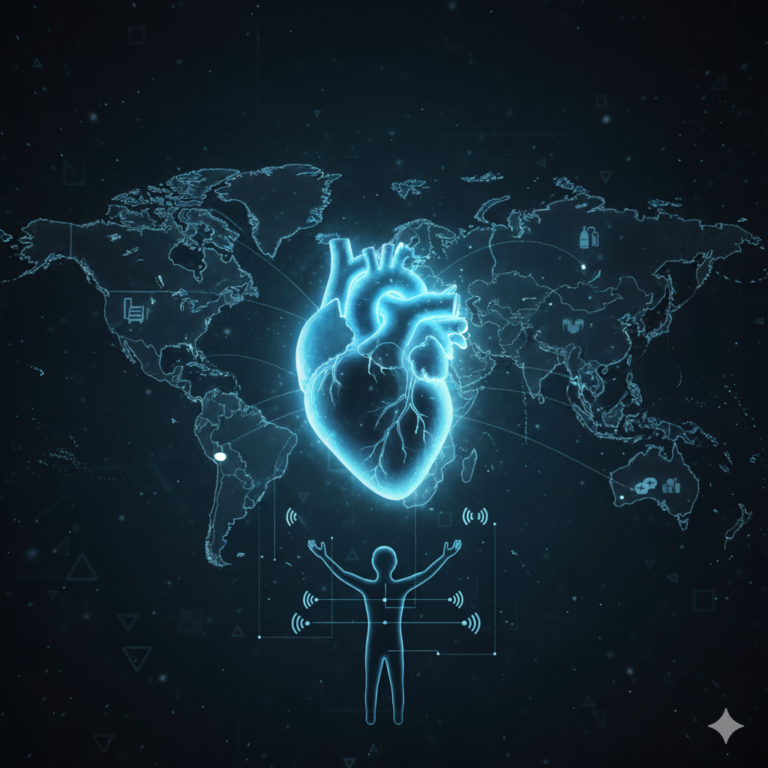
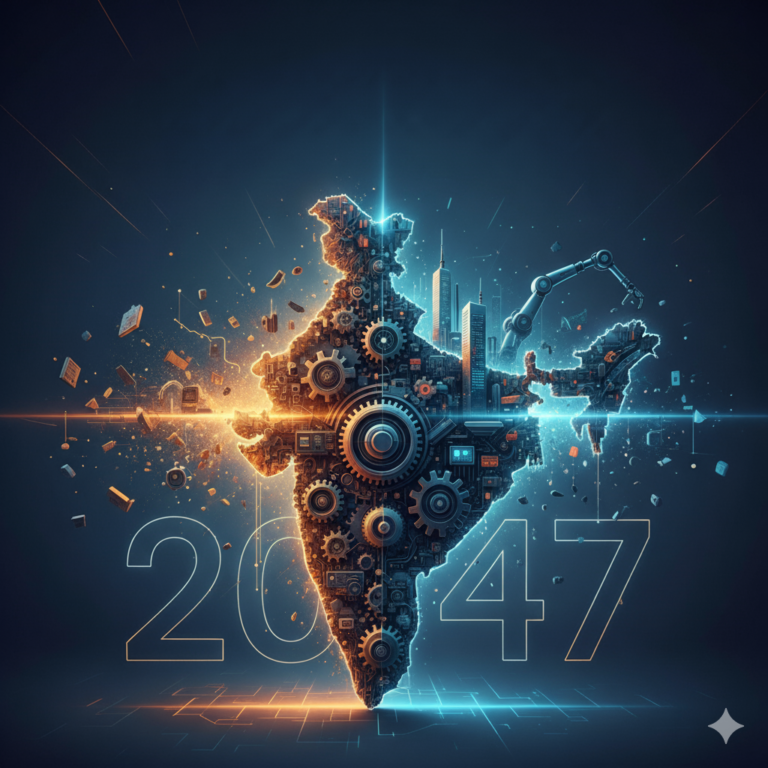
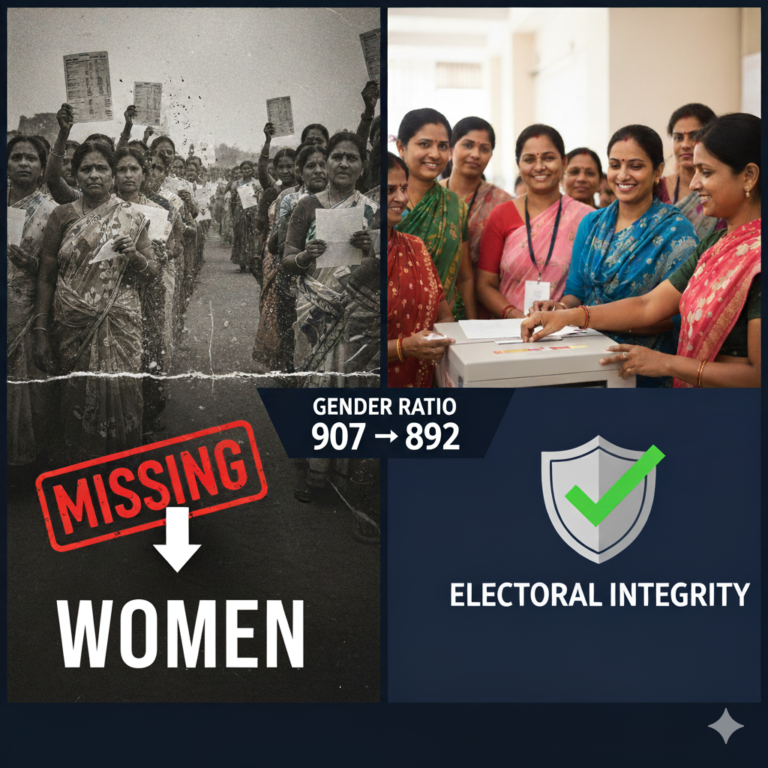
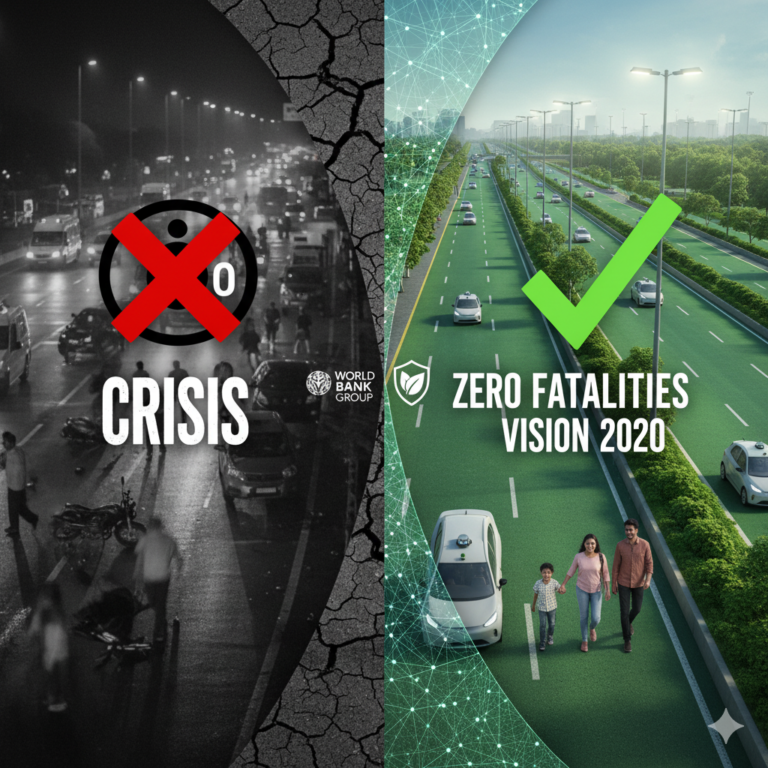
+ There are no comments
Add yours